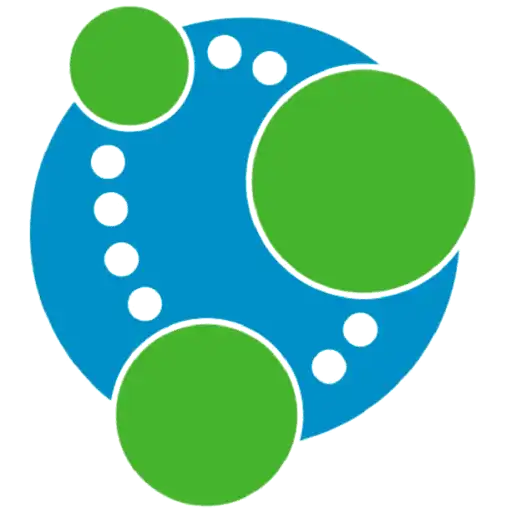1. Understanding Neo4j
Neo4j is a graph database, a specialized type of NoSQL database designed to work with highly interconnected data. It uses a flexible data model consisting of nodes and relationships to represent and store data. Nodes represent entities, while relationships define how these entities are connected. This structure makes Neo4j exceptionally well-suited for scenarios where relationships are as important as the data itself.
2. Key Features of Neo4j
Neo4j stands out due to its distinctive features:
- Native Graph Storage: Neo4j's native storage engine is optimized for handling graph data, ensuring efficient data storage and retrieval.
- Property Graph Model: It supports property graphs, allowing you to attach key-value properties to nodes and relationships, making data more expressive.
- Cypher Query Language: Neo4j introduces Cypher, a powerful and intuitive query language specifically designed for graph databases.
- Scalability: Neo4j can scale horizontally and vertically, accommodating the growth of graph data and queries.
- Real-Time Querying: It excels in real-time querying, making it suitable for applications requiring quick access to complex relationships.
3. Use Cases
Neo4j is deployed in diverse domains:
- Recommendation Engines: Neo4j is ideal for building recommendation systems that analyze user behavior and relationships to suggest products or content.
- Social Networks: Many social media platforms leverage Neo4j to model user interactions, friendships, and content sharing.
- Master Data Management: Neo4j helps organizations manage and consolidate master data, such as customer and product information.
- Fraud Detection: Neo4j's ability to detect intricate patterns and connections is valuable in identifying fraudulent activities.
- Life Sciences: In fields like bioinformatics, Neo4j is used to represent and query complex biological networks.
4. Neo4j in Modern Data Management
Neo4j plays a pivotal role in contemporary data management. It is often integrated with other technologies, such as Apache Kafka, to create real-time data pipelines, allowing organizations to harness the power of graph data in real-time analytics.
5. Conclusion
Neo4j has opened up new horizons in data management by offering a graph database that excels in handling and querying complex relationships. Its property graph model, Cypher query language, and scalability make it a go-to choice for businesses and developers seeking to make sense of interconnected data. As data continues to grow in complexity, Neo4j stands as a formidable tool in the arsenal of modern data professionals.

